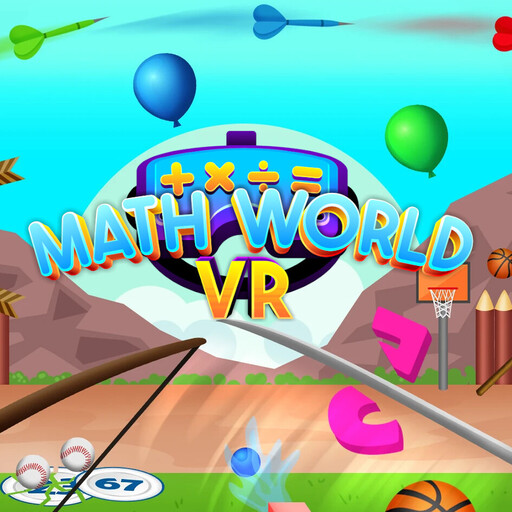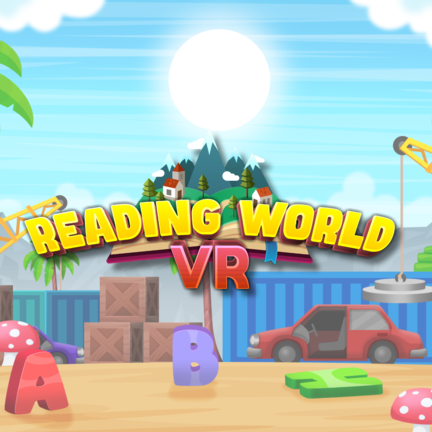Virtual Reality (VR) has emerged as a powerful tool for education, offering immersive and interactive experiences that can revolutionize the way students learn. While the novelty of VR itself can be engaging, to truly optimize VR for learning, educators and developers need to focus on creating well-designed experiences that cater to specific learning objectives. This requires careful consideration of several key elements: interaction design, user interface (UI), and content creation.
Interaction Design: The Foundation of Engagement
Interaction design in VR refers to how users interact with the virtual environment and how the environment responds to their actions. It’s the foundation for creating a truly engaging and effective learning experience. Here are some best practices to consider:
- Intuitive and Natural Interactions. Strive for interactions that feel natural and intuitive. This might involve using hand controllers that mimic real-world actions like grabbing objects, manipulating tools, or gesturing. Avoid overly complex control schemes that can frustrate users and hinder learning.
- Variety in Interaction Techniques. While maintaining a core set of intuitive interactions, incorporate some variety to keep the experience fresh. This could involve voice commands for specific actions, gaze-based interaction for highlighting objects of interest, or even physical movement to navigate the virtual world.
- Clear Feedback Mechanisms. Provide clear and consistent feedback to users regarding their actions. This might involve visual cues like object highlighting, audio feedback like confirmation sounds, or haptic feedback through the VR controllers. Effective feedback allows users to understand the consequences of their actions and navigate the virtual environment confidently.
- Multiple Difficulty Levels. Cater to diverse learning styles and skill levels by offering adjustable difficulty settings. This could involve providing optional tutorials, offering guided prompts within the environment, or introducing more complex interaction mechanics as users progress.
- Clear Objectives and Goals. Ensure users understand the goals of each interaction and the desired outcome. This can be achieved through introductory voice-overs, on-screen text overlays, or even virtual characters providing guidance within the environment.
User Interface (UI): Minimalist Design for Maximum Immersion
The VR user interface (UI) should be designed to be unobtrusive and minimize distraction from the immersive experience. Here are some key principles to follow:
- Minimalist Design. Keep the UI elements minimal and only display information that is essential for the user to complete the learning task. This could involve displaying relevant information on the user’s virtual hands, using contextual menus that appear only when needed, or leveraging spatial audio cues for notifications.
- Diegetic UI Integration. Whenever possible, integrate the UI elements into the virtual environment itself. For example, information about a virtual object could be displayed as a holographic label attached to the object, or a map could be projected onto a virtual wall within the environment.
- Accessibility Considerations. Ensure the UI is accessible to users with different visual abilities. This might involve offering adjustable text size and color contrast, providing audio alternatives for visual information, or incorporating haptic feedback for non-visual cues.
- User-Friendly Navigation. Design intuitive navigation controls that allow users to explore the virtual environment efficiently. This could involve using a virtual joystick for movement, teleportation mechanics for quick travel, or even gaze-based navigation for focusing on specific locations.
- Context-Sensitive Help. Offer context-sensitive help options that are readily accessible within the VR experience. This could involve a virtual assistant that can answer user questions, a quick-access tutorial menu, or on-demand pop-up information panels.

Crafting Compelling Content for VR Learning
The key to successful VR learning content lies in understanding the unique strengths of VR as a medium. Here’s how to leverage those strengths to create compelling and effective experiences:
- Focus on Immersion. VR excels at transporting users to new worlds and allowing them to interact with them in a way that simply isn’t possible with traditional methods. Educational content should capitalize on this by placing students at the center of the learning experience. Imagine dissecting a virtual frog in a realistic 3D environment, exploring the ruins of ancient Rome firsthand, or conducting a virtual experiment in a simulated laboratory.
- Storytelling as a Learning Tool. Weave narratives into the VR experience to enhance engagement and retention. Storytelling allows students to connect with the material on an emotional level and makes complex information more relatable. Imagine learning about the American Revolution by participating in a virtual reenactment of a key battle, or exploring the history of space exploration by walking on the surface of Mars alongside a virtual guide.
- Active Learning Through Exploration. VR allows students to actively explore and experiment within the virtual environment. This fosters discovery learning, where students learn by doing and making their own connections. Imagine exploring the human body in a VR anatomy program, manipulating virtual objects to understand the laws of physics, or conducting virtual experiments in a chemistry lab with no risk of real-world consequences.
- Integration with Traditional Learning Methods. While VR offers a powerful tool, it shouldn’t replace traditional pedagogical methods entirely. Effective VR learning experiences are best integrated with pre- and post-VR activities like discussions, reflection exercises, or quizzes. This creates a holistic learning experience that reinforces concepts learned in VR and provides opportunities for further exploration.
Examples of Effective VR Learning Content
Here are a few real-world examples to illustrate how VR can be used to create compelling learning experiences:
- History. Imagine a VR program that allows students to walk the streets of ancient Rome, interact with virtual citizens, and witness historical events unfold before their eyes.
- Science. Students can virtually dissect a frog, explore the inner workings of a cell, or conduct experiments in a simulated laboratory environment.
- Language Learning. VR can immerse students in a foreign language environment, allowing them to practice conversations with virtual characters and navigate realistic scenarios.
- Social Studies. Students can stand on the front lines of a virtual battlefield, experience different cultures firsthand, or participate in simulations of historical events.
Considerations for VR Content Development
Developing high-quality VR content requires careful planning and execution. Here are some key considerations:
- Alignment with Learning Objectives. Ensure the VR experience aligns with specific learning objectives and curriculum standards. The content should be designed to address specific knowledge or skills that students need to acquire.
- Technical Considerations. VR development requires expertise in areas like 3D modeling, animation, and programming. Consider collaborating with experienced VR developers or utilizing user-friendly VR creation platforms designed for educators.
- Accessibility Considerations. Ensure VR experiences are accessible to users with disabilities. This might involve providing alternative text descriptions for visuals, offering audio options for textual information, and incorporating features that cater to users with different physical limitations.
Conclusion
By carefully considering interaction design, user interface, and content creation, educators and developers can leverage the unique strengths of VR to create powerful learning experiences. These experiences can transform a passive learning activity into an engaging and interactive adventure, fostering deeper understanding, improved retention, and a love for lifelong learning. As VR technology continues to evolve and become more accessible, its potential to revolutionize education is truly limitless.








